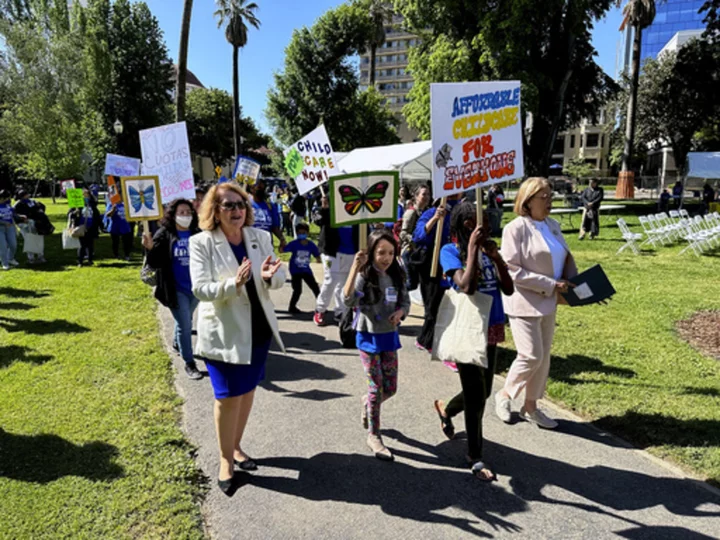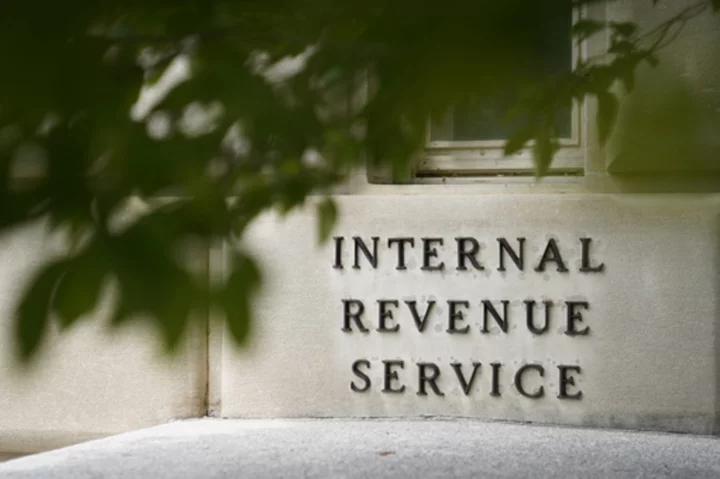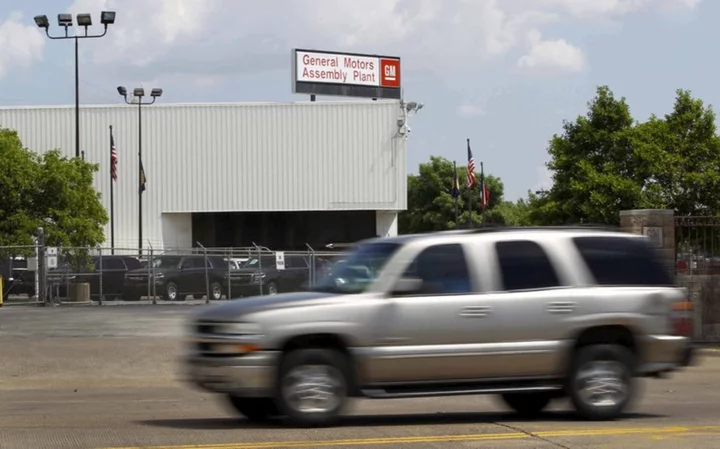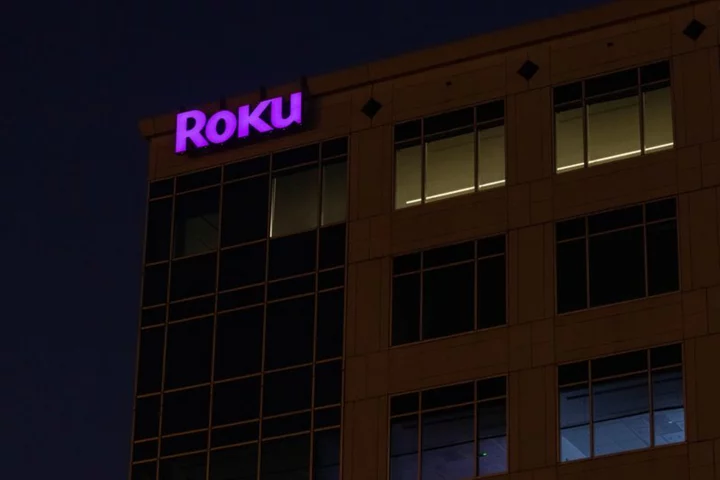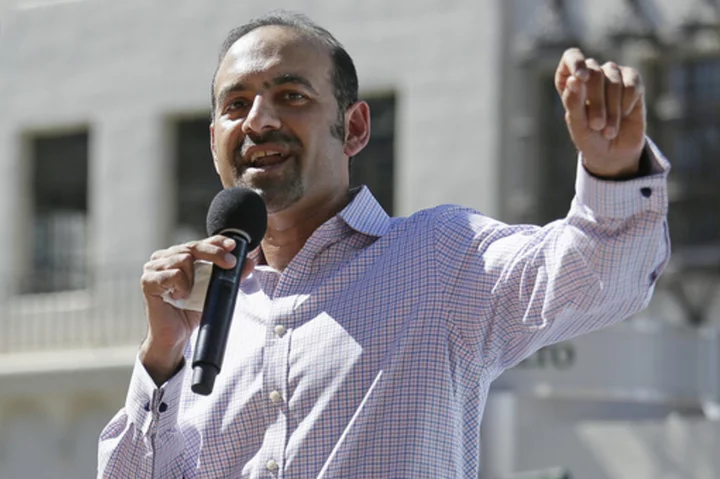SACRAMENTO, Calif. (AP) — California's budget deficit has grown to nearly $32 billion, Gov. Gavin Newsom announced Friday, saying the state's challenges are partly due to high federal inflation rates and the state's decision to let some people delay filing their taxes after winter storms.
That's about $10 billion more than Newsom predicted in January, when he offered his first budget proposal. The deficit is part of Newsom's overall proposal for a $306 billion budget, by far the largest state budget in the nation.
California is one of the only states to have a shortfall this year. That's mostly because its progressive tax code relies on wealthy taxpayers whose income is closely tied to the performance of the stock market.
In January, Newsom proposed a number of ideas to cover the deficit, including about $9.6 billion in spending cuts that hit some of the state's ambitious climate programs and other policy areas. His latest proposal includes roughly another $1 billion in spending reductions. Some of that comes from clawing back unspent money in various programs, including those designed to provide tax refunds and help people with their utility bills.
He’s making up the rest of the deficit by shifting expenses, taking some money from the state’s safety next reserve and borrowing.
“We are walking into a budget where we need to maintain our prudence," Newsom said.
The deficit is small compared to the cash crunch that the state faced during the last recession. But the challenge for Newsom will be persuading lawmakers to spending cuts who are not accustomed to enacting them. Ultimately, lawmakers and Newsom will have to reach agreement on a spending plan to take effect July 1.
Since taking office in 2019, Newsom's biggest budget fights with the Democratic-controlled state Legislature is how to spend California's record-breaking surpluses. Agreeing on what to cut could be much more difficult.
Newsom's plan in January was to cut money for flood protection projects, delaying an expansion of a subsidized child care program and canceling a $500 million plan to help small businesses pay higher tax rates associated with some state debt.
On Thursday, Newsom announced that he was restoring money previously cut from flood protection projects, plus introducing another $250 million in new spending, which includes raising a levee to protect the Central Valley community of Corcoran.
It's not yet clear if he can or will relent on his other proposed cuts. Newsom signed off on an expansion of a subsidized child care program last year that would pay to help an extra 20,000 families. But because of the deficit, Newsom proposed delaying that funding for one year. He argued that the state was having trouble filling the child care slots it already had.
That angered some Democratic lawmakers, who said the reason the state was having trouble filling its child care slots is because there aren’t enough child care workers. On Monday, Democrats in the Assembly proposed $1 billion in new spending to increase the pay of child care workers.
“Now, we just need to put a little pressure on the governor to make sure he’s on board,” Assembly Majority Leader Eloise Gomez-Reyes said on Wednesday while speaking to a rally of parents and child care workers at the state Capitol.
It's not just child care though. Democrats in the state Senate want to raise taxes on 2,500 of the largest companies so they can cut taxes by about 25% for most other businesses — a plan that Newsom has already said he opposes. And environmental groups want Newsom to reverse his planned $6 billion cut to some of his climate proposals.
Newsom has maintained most of those cuts in his revised proposal.
But he's also protected spending in other key priority areas, such as expanding Medicaid to everyone who is eligible regardless of their immigration status. Likewise Newsom said he planned to maintain spending to address the state's housing and homelessness crisis and K-12 education spending.
California's budget challenges are due in large part to lower tax collections due to a sagging stock market and other challenges.
A series of intense winter storms that brought widespread damage also prompted state officials to give people until October, not April, to file their taxes.
Delayed tax collection mean Newsom and lawmakers will have to make a plan without knowing how much money they have to spend.
The last time this happened was at the start of the coronavirus pandemic in 2020, when taxpayers had extra time to file their taxes. Newsom and state lawmakers assumed the worst, approving a budget that slashed spending in order to cover what they thought would be a $54 billion deficit. But that deficit never happened because the pandemic’s impact on state revenues turned out to be less damaging than anticipated.
This time, California’s deficit looks to be for real. California's Legislature taxes the wealthy more than other states. About half of the state's money comes from just 1% of earners. That means that the state is vulnerable to big swings in the stock market, which is the source of wealth for most rich people.
The stock market has been down as the federal government has raised interest rates to combat inflation.
The downward turn has had the biggest impact on California's massive technology industry as companies like Google, Facebook and PayPal have laid off thousands of workers. Earlier this year, Silicon Valley Bank — one of the nation's largest financial institutions, whose clients were mostly in the tech industry — failed and was bought by North Carolina-based First Citizens Bank.

